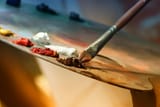Maximize Your Art School Journey: Strategies for Building a Thriving Art Career
With these research insights, you’ll be well-equipped to navigate both the academic and professional aspects of your art education—ultimately preparing you to succeed inside and outside the classroom.

Art school can be an incredibly transformative experience for aspiring artists. It’s a place to refine your skills, develop your creative voice, and make valuable connections within the art world. But simply attending art school doesn’t guarantee a successful career in the arts. To truly make the most of your art education, you need to approach it with a strategy and a willingness to learn beyond just your craft.
This guide will provide actionable tips for maximizing your time in art school and show you how to lay a strong foundation for a thriving career in the arts. By implementing these strategies, you’ll be well-equipped to make the most of your art education, both inside and outside the classroom. -ART Academy
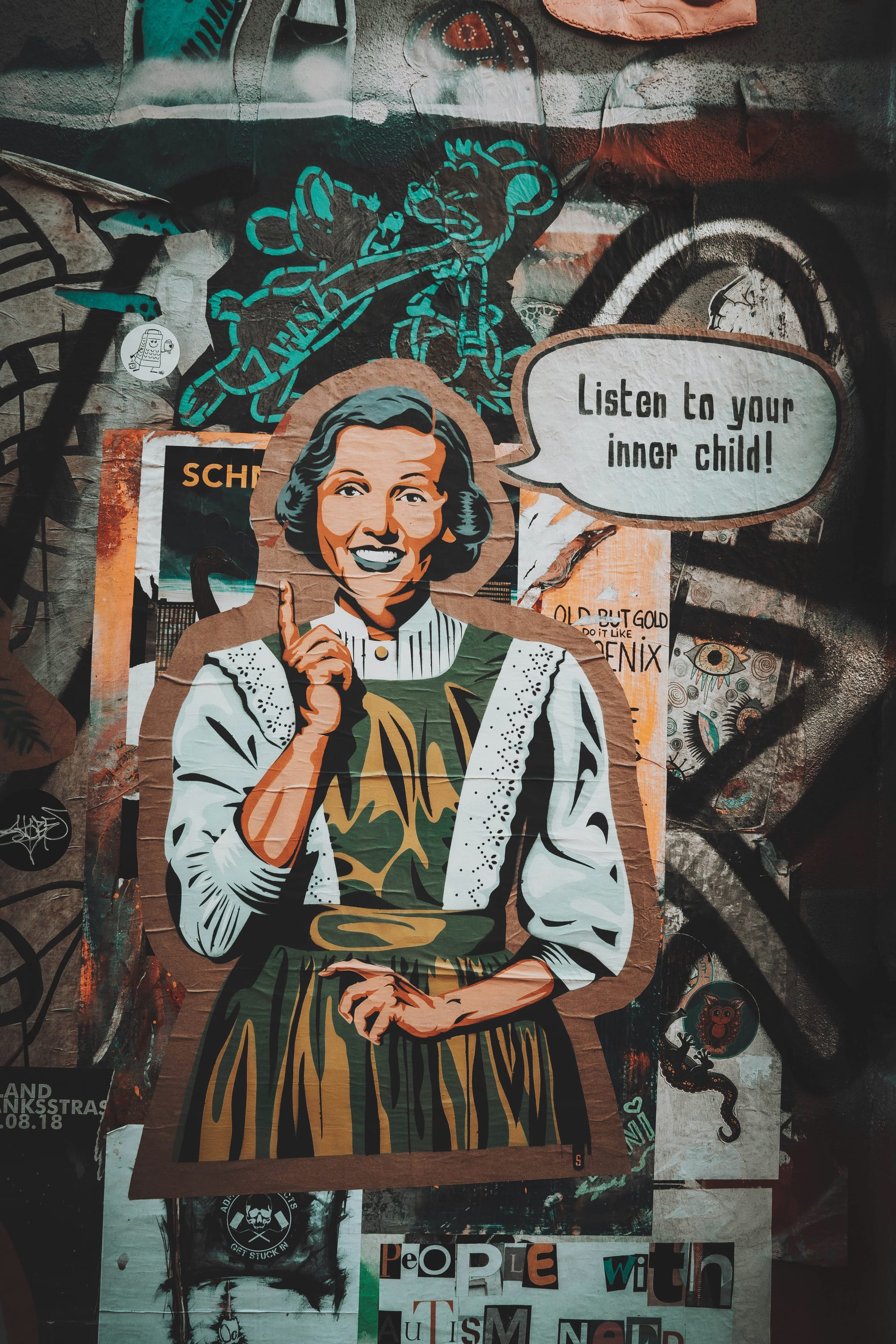
Tip 1: Define Your Artistic and Professional Goals Early
Before diving into your studies, take the time to reflect on what you want to achieve through your art education. Are you hoping to build a career as a gallery artist, or are you more interested in working in commercial design? Do you plan to teach art, or is your goal to become a freelance illustrator?
Action Step: Make a list of your short-term and long-term goals for art school. Short-term goals could include developing a specific skill or completing a project, while long-term goals might involve landing an internship, building a portfolio, or preparing for an exhibition. Revisit and refine these goals regularly as your studies progress.
Research Insight: According to findings from the National Center for Education Statistics (NCES), students who set clear academic and career goals are more likely to successfully complete their programs and report greater satisfaction with their educational experience. For art students, establishing such goals can provide motivation, guide their focus, and enhance their sense of purpose throughout their studies. In fact, NCES data suggests that having a defined career trajectory can improve persistence and commitment, especially in fields where students frequently encounter project-based or freelance work, such as the arts.
Setting clear goals also helps students make informed decisions about their course selections, internships, and extracurricular activities. According to a study from the National Student Clearinghouse, students who articulate their academic and professional objectives are better equipped to navigate the educational system and maximize available resources, such as career services and mentorship programs. These resources often play a crucial role in connecting students with real-world experiences and networking opportunities that align with their aspirations, contributing to higher levels of post-graduation success.
Furthermore, students who engage in goal-setting are more likely to identify opportunities that align with their interests, such as specific classes, collaborative projects, or internship positions. Research from the National Student Clearinghouse Research Center indicates that students with a focused approach to their education are better able to recognize the skills they need to develop and the professional relationships they should cultivate, allowing them to transition more smoothly into their chosen careers.
Overall, these insights illustrate the importance of intentional goal-setting for art students. By setting academic and career objectives early in their studies, students can maximize their educational experiences, ensure alignment with their personal ambitions, and lay the groundwork for a fulfilling career.
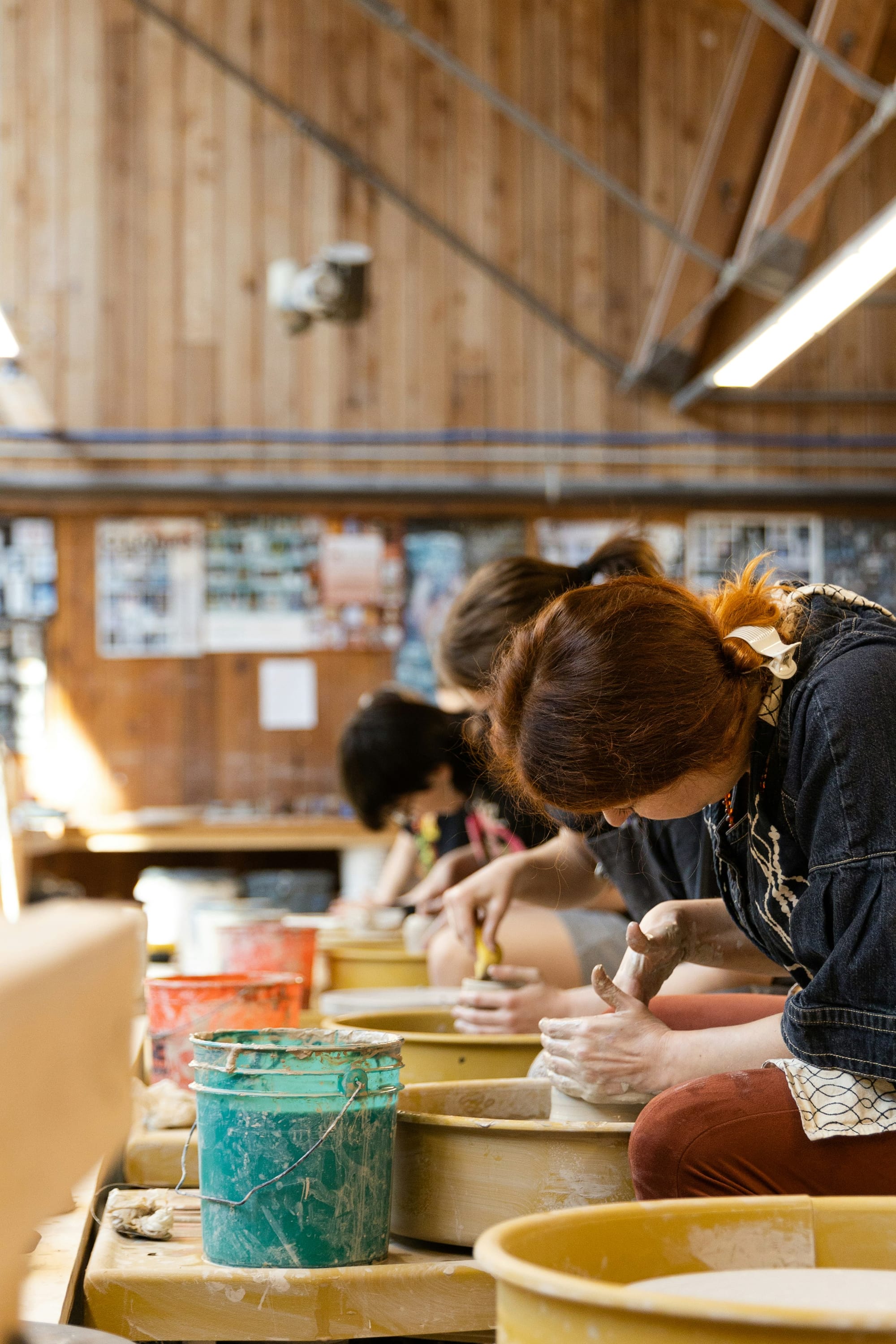
Tip 2: Take Advantage of Elective Courses and Workshops
Many art schools offer elective courses and workshops in areas like printmaking, digital art, sculpture, and art history. These classes allow you to expand your knowledge and diversify your portfolio. Learning complementary skills can give you a unique edge, especially in today’s interdisciplinary art scene.
Action Step: Enroll in at least one course each semester that challenges you to step outside your comfort zone. For example, if you’re studying fine art, try a digital art course. If you’re focused on illustration, consider exploring sculpture or painting. This broadens your artistic perspective and opens new avenues for creative expression.
Research Insight: According to research from the Arts Education Partnership and related studies, students with interdisciplinary skills are generally more adaptable and capable of tackling complex challenges within the evolving creative industries. These skills, developed through a blend of disciplines such as visual arts, technology, and design thinking, enhance creativity and problem-solving abilities, making students more attractive to potential employers or clients.
For example, a study on arts integration by the Kennedy Center emphasizes that interdisciplinary learning not only fosters adaptability but also encourages collaboration and innovation, key attributes in creative fields. By learning across multiple disciplines, students develop a holistic approach to their craft, which is particularly valuable in roles requiring flexible thinking and the ability to work on diverse projects. This integration of different disciplines provides artists with a broader toolkit, allowing them to combine artistic skills with practical techniques from fields like digital media or project management.
Additionally, a report from ERIC suggests that interdisciplinary education enables students to think critically and approach problems from various perspectives, which is increasingly important in sectors where creative work often intersects with technology and business. In art-focused careers, where project-based work is common, having these adaptable skills allows artists to transition more fluidly between roles, collaborate more effectively, and remain competitive in a rapidly changing market.
These findings illustrate the growing importance of interdisciplinary learning in art education. By building skills across various fields, artists can better prepare for the multifaceted demands of the creative industries and position themselves for long-term success.
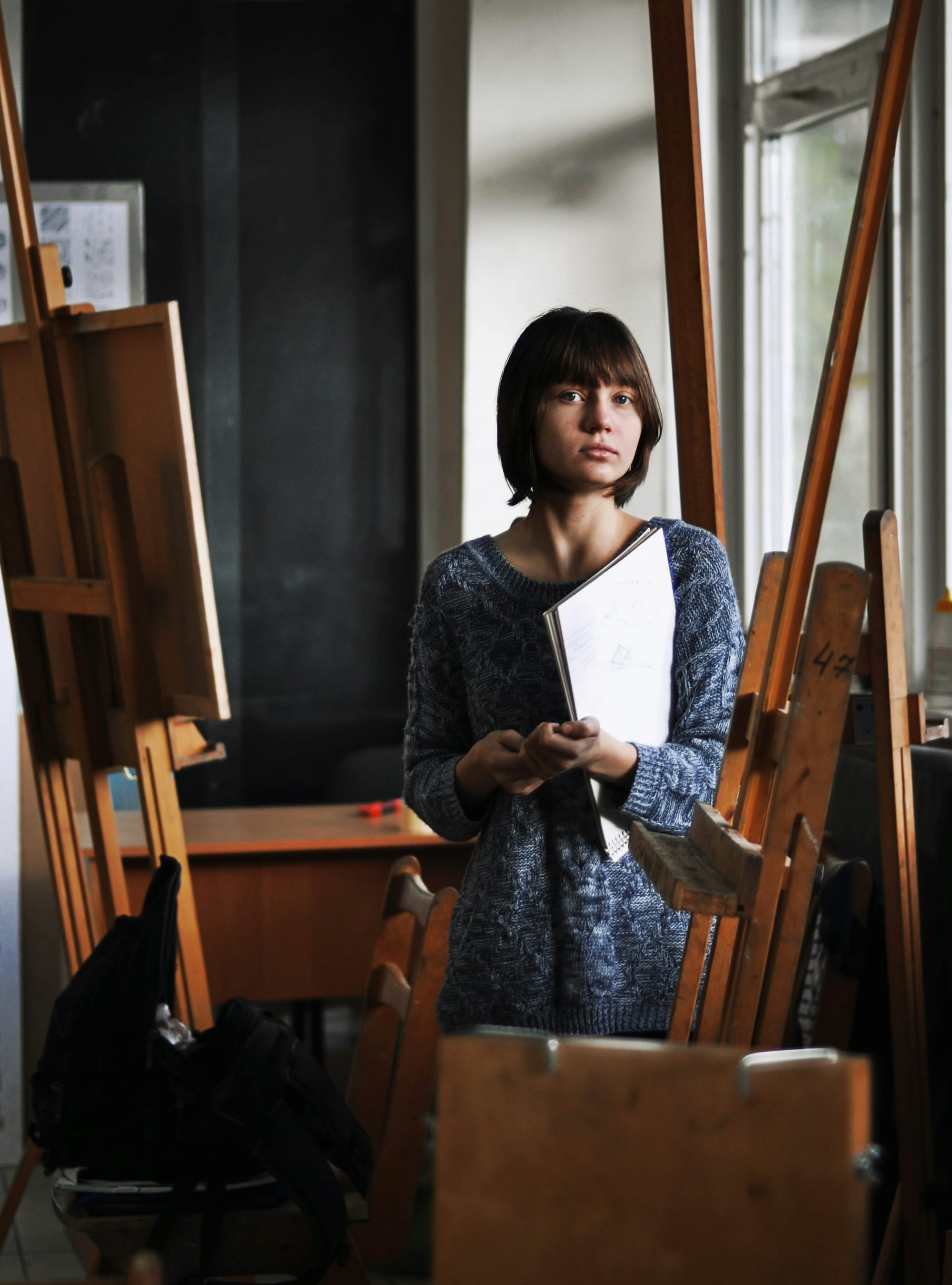
Tip 3: Curate Your Portfolio Strategically
Rather than including every piece you create, be selective about what goes into your portfolio. Focus on quality over quantity, and consider how each piece represents your growth, style, and versatility. As you progress through art school, update your portfolio regularly to reflect your latest and strongest work.
Action Step: Dedicate time each semester to curate and refine your portfolio. Seek feedback from your professors and peers to identify which pieces stand out and which may need improvement. Additionally, learn how to photograph your work professionally or seek out resources at your school that can assist you.
Research Insight: According to a survey by Creative Boom, nearly 80% of art professionals believe a well-curated portfolio holds more importance than a degree when it comes to securing job opportunities. This perspective highlights a shift in the industry’s hiring priorities: employers are increasingly seeking evidence of skills, creativity, and the ability to develop a cohesive body of work over formal education credentials. As noted by experts at Omenai, a portfolio allows artists to showcase their best work while reflecting their artistic growth and range. It’s a tangible representation of an artist’s abilities and provides a snapshot of their style and technical skills.
A well-curated portfolio is particularly crucial in fields like design, illustration, and fine arts, where the ability to visually communicate ideas is key. Creative Boom points out that artists should tailor their portfolios to showcase not only the range but also the quality of their work, organizing it in a way that tells a story about their artistic journey. Including high-quality images, installation shots, and well-composed presentations of pieces is essential, as these elements convey professionalism and attention to detail.
Art professionals, like those cited by Omenai, emphasize that a portfolio should evolve over time. As an artist gains experience and hones their craft, updating the portfolio to reflect new skills and recent accomplishments is critical. This approach ensures that the portfolio remains relevant to current industry trends and continues to appeal to potential clients or employers. Consistency is also key—employers appreciate portfolios that present a coherent visual style, whether through the use of color, themes, or media.
In conclusion, investing time in curating a thoughtful and dynamic portfolio can significantly impact an artist’s career prospects. By focusing on developing a portfolio that truly reflects your skills and artistic vision, you are providing potential clients and employers with a compelling reason to hire you over other candidates.

Tip 4: Attend Art Events and Get Involved on Campus
Participating in art events—such as gallery openings, artist talks, and workshops—gives you the chance to meet fellow students, professors, and visiting artists. Many schools also host alumni events where you can connect with established artists who have walked the same path.
Action Step: Make it a goal to attend at least one event each month, whether it’s on or off campus. Take the initiative to introduce yourself to people, ask questions, and express interest in their work. Building a strong network during art school can lead to lasting connections that support you throughout your career.
Research Insight: According to a study from LinkedIn, approximately 85% of jobs are filled through networking. This underscores the critical role of personal connections in career advancement, particularly in industries like the art world, where freelance and project-based work is prevalent. Building a reliable network of contacts can provide artists with a steady stream of opportunities, from gallery exhibitions and collaborative projects to commissions and sales.
In the art world, having a strong network is often more valuable than any other resource. Networking not only opens doors to potential clients and collaborators but also keeps artists informed about industry trends, events, and upcoming projects. A report from the Harvard Business Review highlights that networking enables professionals to expand their influence, gather market insights, and find mentors who can provide guidance and support.
For artists, networking can be especially important given the competitive nature of the field. By attending gallery openings, art fairs, and industry events, artists can connect with curators, collectors, and other professionals who can offer advice, resources, and referrals. Forbes also points out that strong networks can boost an artist’s visibility, as personal recommendations and word-of-mouth referrals are powerful in creative fields.
The emphasis on networking is backed by data from the U.S. Bureau of Labor Statistics, which states that nearly 70% of jobs are found through personal connections. In freelance-heavy industries, networking can provide consistent access to project-based work and commissions, helping to ensure financial stability and career growth over time.
These insights reinforce the importance of actively engaging with the art community. By building relationships, artists can create a supportive network that offers both personal and professional benefits, ultimately helping to sustain a successful career in the arts.

Tip 5: Pursue Internships and Practical Opportunities
Many art schools offer internship programs or can help you connect with local galleries, studios, and organizations. Internships allow you to work with professionals, gain industry insights, and build your resume. If formal internships aren’t available, seek out freelance projects or volunteer to help with community art events.
Action Step: Start looking for internships or freelance opportunities in your junior year, if not sooner. Reach out to your school’s career services department or professors for leads, and make use of online resources like LinkedIn, Behance, and local arts organizations to find opportunities.
Research Insight: According to a report by the National Association of Colleges and Employers (NACE), students who complete internships are over 20% more likely to receive job offers upon graduation compared to their peers without such experience. This statistic underscores the value of practical, real-world experience that internships provide. By engaging in an internship, students not only apply their academic knowledge but also develop key professional skills such as teamwork, communication, and problem-solving.
In addition to improving job prospects, internships allow students to explore specific career paths and clarify their professional goals. Research from the Center for Career Development shows that many students find internships helpful in refining their career interests, as they gain firsthand experience in their chosen fields. This can prevent students from entering roles or industries that may not align with their personal goals, saving time and ensuring a more satisfying career path post-graduation.
Moreover, internships are often instrumental in helping students build confidence. The National Association of Internships explains that students who participate in internships report a stronger sense of preparedness for full-time roles, as they have already been exposed to a professional environment. This hands-on experience allows students to make informed career choices, establish professional contacts, and potentially secure job offers from the companies they intern with.
These findings collectively reinforce the importance of internships in career development. Students who take advantage of internship opportunities are better equipped to navigate the job market, build essential skills, and start their careers on a more solid footing.
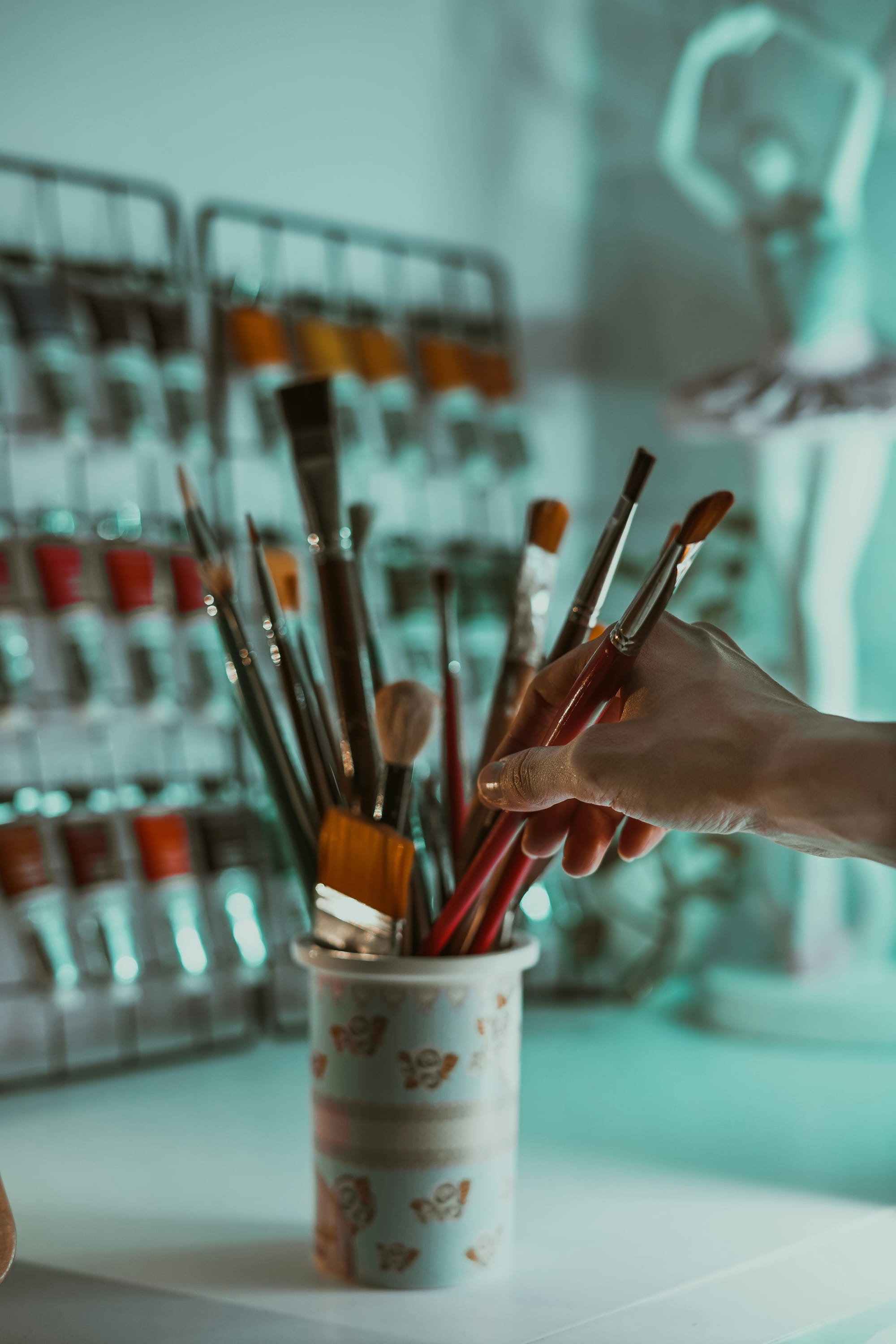
Tip 6: Take Advantage of Career Services and Mentorship Programs
Career services can assist you with everything from crafting resumes and cover letters to preparing for interviews. Additionally, some art schools have mentorship programs that connect students with industry professionals. These resources can provide valuable guidance and support as you navigate your path.
Action Step: Schedule regular meetings with a career counselor to discuss your goals and progress. Seek out mentorship opportunities, whether through formal programs or by asking your professors for introductions to professionals in your field.
Research Insight: According to research from the Higher Education Research Institute and other educational studies, students who actively use career services and engage in mentorship programs during their academic careers report significantly higher satisfaction with their educational experience and demonstrate better post-graduation outcomes. These benefits are particularly impactful for students from diverse backgrounds, including first-generation and historically underrepresented students, as they often experience enhanced academic achievement, a stronger sense of belonging, and improved career preparedness when they participate in structured mentorship programs.
For example, peer mentorship programs at various universities have been shown to provide critical psychosocial support and professional development. They help students build a network of connections, develop essential professional skills, and gain access to resources that might otherwise be unavailable. This increased support structure not only aids in students' personal growth but also fosters a smoother transition into the professional world, allowing for greater confidence and success as they enter the workforce.
These insights reinforce the importance of utilizing available resources such as career counseling and mentorship opportunities during your education, especially in fields where practical experience and networking are crucial for post-graduate success.
Take Ownership of Your Art Education
Art school is a unique opportunity to grow as an artist and prepare for a fulfilling career. By setting goals, building a diverse skill set, developing a strong portfolio, networking, gaining real-world experience, and leveraging your school’s resources, you can make the most of your art education and create a solid foundation for future success.
Remember, art school is what you make of it. The more effort you put into maximizing your experience, the better prepared you’ll be to navigate the art world with confidence. Use these actionable tips to take ownership of your education and build a sustainable and rewarding career in the arts.
ART Academy

